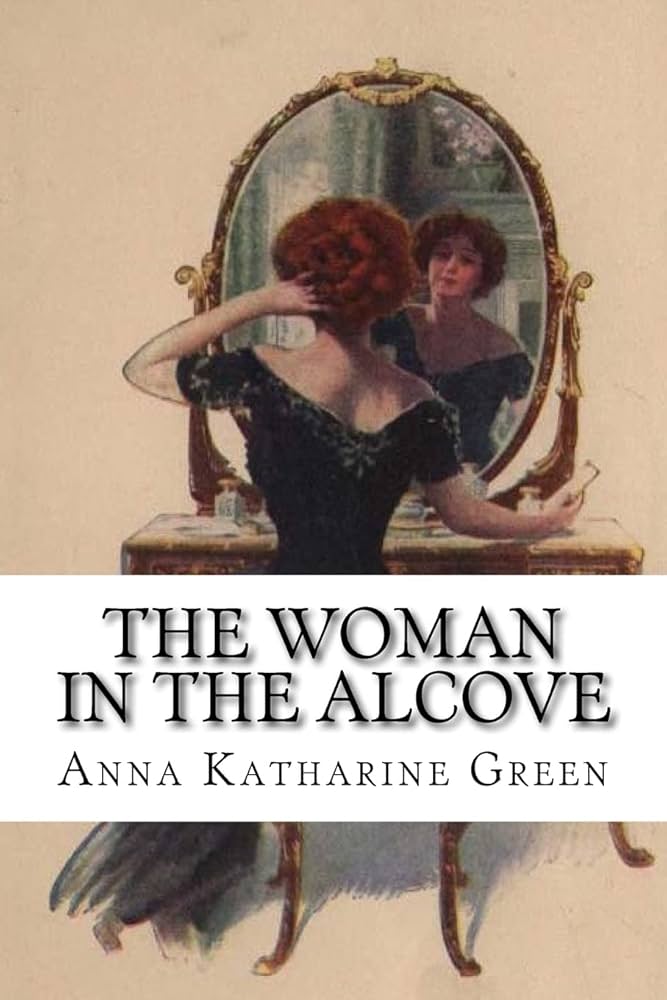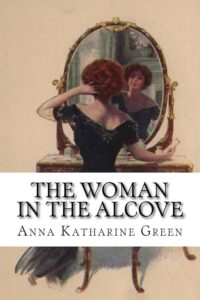Chapter XV — The woman in the Alcove
byChapter XV — The woman in the Alcove begins with a tension that lingers just beneath the surface as the narrator engages the inspector in another probing exchange. Their conversation turns sharply toward the identities of two elusive men—Sears and Wellgood—and their possible involvement in Mrs. Fairbrother’s murder. The inspector offers a vivid description of Sears, hoping it might spark a clear memory in the narrator, but she remains unconvinced. Her recollection of Wellgood doesn’t align with what she hears, deepening the mystery. The inconsistency in how witnesses describe Wellgood has made tracing him nearly impossible, and without a solid identification, the inspector’s frustration quietly grows. The investigation is becoming entangled not just in what is known, but in the many uncertainties layered around the suspects’ appearances and motives.
While the inspector shares news of mounting public interest—including numerous handwriting samples sent in by those eager to help—it’s clear that this influx has done little to move the investigation forward. None of the samples match the note left for Mrs. Fairbrother, and the central elements of the crime remain unchanged. The missing diamond, the bloodied stiletto engraved with the Grey family crest, and the ominous note remain the case’s stubborn core. Each clue holds potential, but none have yet revealed their full weight. The inspector’s logic leads him back to these items, believing they are still the surest route to the truth. Yet the narrator cannot ignore the man standing just outside that circle of suspicion—Mr. Grey. Her mind keeps circling back to him, not out of impulse, but out of a gnawing conviction.
She voices her theory—tentatively at first, then with more certainty—that Mr. Grey may have used others as instruments to secure the diamond. The idea is that Sears or Wellgood acted on his behalf, possibly to complete a transaction or theft masked as something more sinister. She suggests a scenario in which Mr. Grey, long rumored to be passionate about rare jewels, saw an opportunity to reclaim a prized possession. The inspector listens without interruption but eventually pushes back, noting that without physical evidence or a witness tying Grey to either man, the argument lacks grounding. Her interpretation, he insists, is intelligent but speculative. His tone is respectful, yet firm, cautioning her not to let emotions outweigh what facts support.
Still, even in his disagreement, the inspector allows space for her ideas. He recognizes the complexity of the puzzle they’re solving and doesn’t dismiss the possibility that Mr. Grey may yet become more relevant to the case. He offers a measured response—if new connections emerge, especially between Grey and the shadowy men they pursue, everything could shift. But until then, he encourages the narrator to return her focus to the work at hand. He gently implies that her closeness to the case may be clouding her objectivity. The idea of motive, even when well-constructed, cannot take the place of material proof.
As they part, the narrator is left in quiet conflict. She respects the inspector’s insight, but her intuition tells her the story isn’t done with Mr. Grey yet. His movements, his restraint, his subtle avoidance of the spotlight—all feel like practiced behaviors, the habits of a man who has more to protect than he lets on. Her role, once reactive, is now teetering on initiative. She feels the burden of possibly seeing something others have missed, but also the danger of being wrong. The personal weight she carries—her loyalty to Durand, her growing doubts about Grey—begin to color every decision she makes.
This chapter’s strength lies not in revelations, but in restraint. It examines the limitations of memory, the tension between suspicion and proof, and the fragile space where theories begin to shape reality. As the narrator tries to make sense of her place in this investigation, she must also confront how her own emotions might be affecting her search for truth. The inspector, for all his professionalism, knows that cases like this are rarely solved by facts alone—they are unraveled by persistence, and sometimes, intuition that refuses to be ignored.


